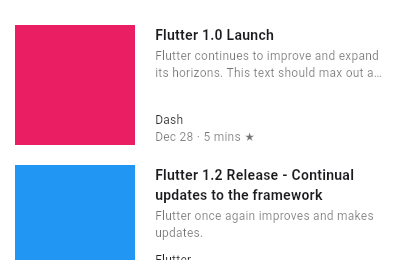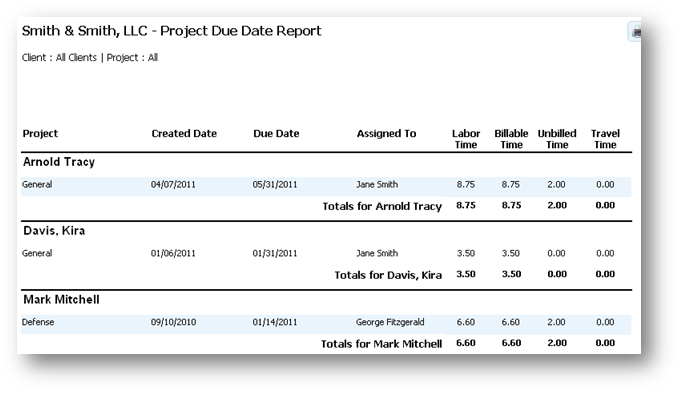

If your organization uses person accounts and you are exporting contacts, person account records are included in the contact data.If your organization uses person accounts and you are exporting accounts, all account fields are included in the account data.

If your organization uses divisions, data from all divisions is included in the export.Formula and roll-up summary fields are always excluded from exports.We recommend that you include all data if you are not familiar with the terminology used for some of the types of data. Select the types of data to include in your export.If you are scheduling your export, select the frequency (only available for organizations with monthly exports), start and end dates, and time of day for your scheduled export.This may be useful if you plan to use your export files for importing or other integrations. Select Replace carriage returns with spaces to have spaces instead of carriage returns or line breaks in your export files.Select Include in export to include attachments in your export data.Select the desired encoding for your export file.The Schedule Export option allows you to schedule the export process for weekly or monthly intervals. This option is only available if enough time has passed since your last export. The Export Now option prepares your files for export immediately. Click Your Name | Setup | Data Management | Data Export and Export Now or Schedule Export.The progress icon displays in the lower-left corner, and a completed successfully message displays when it is done. Click OK to close the Select Backup Destination window.Click OK to close the Locate Database Files window.For example, xyz_20080221.bak for a backup of the XYZ database created on 21 February 2008. In the File Name field, type the name for this backup, with a.\Microsoft SQL Server\MSSQL.1\MSSQL\Backup.




 0 kommentar(er)
0 kommentar(er)
